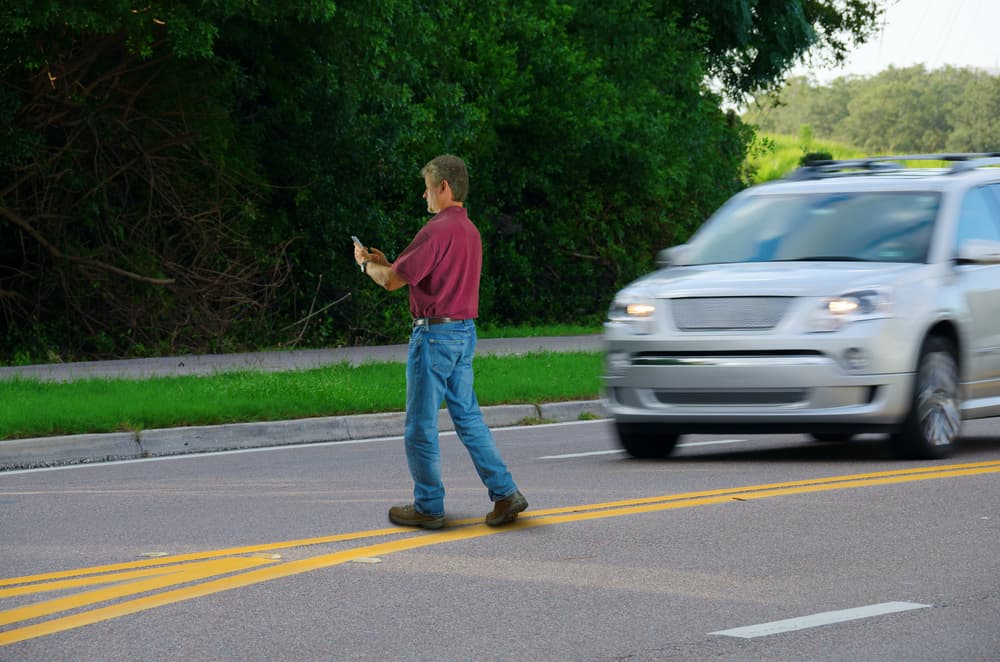If you or a loved one has suffered an injury in a pedestrian accident, one of your first questions is likely: "How long will it take to get a settlement for my injuries and damages?" It is understandable that you have concerns about when you will receive your compensation, as the bills are likely piling up and you might have lost income from missing work due to your injuries. The truth is that the timeline for settling a pedestrian accident claim depends heavily on the specifics of your case. While a simple claim with clear liability and moderate injuries may settle relatively quickly, a complex case involving severe injuries, disputed liability, or an uncooperative insurance company can drag on for a year or more. No matter your situation, consulting with an experienced pedestrian accident lawyer is the best way to understand your legal rights, build a strong case, and work towards a fair settlement as efficiently as possible. Let's explore the key factors that impact the pedestrian accident claim timeline and settlement process. If you've suffered an injury in a pedestrian crash, don't wait to get the legal guidance you need - contact a skilled pedestrian accident attorney today for a free consultation.
Schedule Your Free Consultation
Key Factors That Affect the Pedestrian Accident Settlement Timeline
Every pedestrian accident case is unique, but in general, the following factors tend to have the biggest impact on how long the claims process takes from start to finish:Severity of Your Injuries
 In pedestrian accidents, victims frequently suffer severe injuries like traumatic brain injuries, spinal cord damage, compound fractures, and internal organ damage. The more serious your injuries, the longer your medical treatment and recovery is likely to last.
It's advisable not to settle your claim until you've reached maximum medical improvement (MMI), the point at which your condition has stabilized, and your doctor can determine whether you'll have any permanent disabilities or limitations. Reaching MMI can take a few months to a year or more.
Why is it so important to wait for MMI to settle your claim? Once you accept a settlement offer, you'll be required to sign a release that prevents you from seeking additional compensation for your injuries, even if you have future medical needs or discover that your injuries are worse than you originally thought. An experienced pedestrian accident lawyer will help ensure you don't settle for less than you deserve.
In pedestrian accidents, victims frequently suffer severe injuries like traumatic brain injuries, spinal cord damage, compound fractures, and internal organ damage. The more serious your injuries, the longer your medical treatment and recovery is likely to last.
It's advisable not to settle your claim until you've reached maximum medical improvement (MMI), the point at which your condition has stabilized, and your doctor can determine whether you'll have any permanent disabilities or limitations. Reaching MMI can take a few months to a year or more.
Why is it so important to wait for MMI to settle your claim? Once you accept a settlement offer, you'll be required to sign a release that prevents you from seeking additional compensation for your injuries, even if you have future medical needs or discover that your injuries are worse than you originally thought. An experienced pedestrian accident lawyer will help ensure you don't settle for less than you deserve.
Liability Disputes
In some pedestrian accidents, liability is clear cut - for example, if a drunk driver ran a red light and struck you in a crosswalk. But other cases involve complex questions of fault. Maybe the at-fault driver is trying to claim you darted out into traffic outside of a crosswalk. Or perhaps your accident involved a hit-and-run driver who is difficult to identify. Disputed liability will lengthen the settlement process as your lawyer works to gather evidence, bring in expert witnesses, and build an airtight case demonstrating the other party's negligence.Cooperation of the Insurance Company
We buy insurance to protect ourselves in the event of an accident, but sadly, insurance companies are ultimately most concerned with protecting their bottom line. It's common for insurers to deny valid claims, offer lowball settlements, and engage in bad faith delay tactics to wear down injured claimants. If the insurance company refuses to negotiate in good faith, your lawyer may need to file a pedestrian accident lawsuit to keep your case moving forward. While most cases still settle before trial, litigation will extend the overall timeline. Throughout it all, your lawyer will be a staunch advocate for your rights, shielding you from the insurance company's tactics and fighting for the maximum compensation you're owed.The Pedestrian Accident Claims Process from Start to Finish
While no two pedestrian accident cases follow the same path, below is a general overview of the claims process and estimated timeline:Medical Treatment
 In the aftermath of a pedestrian accident, your first priority should be your health and well-being. Seek medical care immediately, follow your doctor's treatment plan, and attend all follow-up appointments. Depending on the extent of your injuries, you may need extensive treatment like surgeries, hospitalizations, rehabilitative therapy, pain management, mental health counseling, and more.
Throughout your treatment, be sure to save all medical records and bills. These will become important evidence in your injury claim. Avoid discussing your accident or injuries on social media, as anything you post online can be used to devalue your claim.
In the aftermath of a pedestrian accident, your first priority should be your health and well-being. Seek medical care immediately, follow your doctor's treatment plan, and attend all follow-up appointments. Depending on the extent of your injuries, you may need extensive treatment like surgeries, hospitalizations, rehabilitative therapy, pain management, mental health counseling, and more.
Throughout your treatment, be sure to save all medical records and bills. These will become important evidence in your injury claim. Avoid discussing your accident or injuries on social media, as anything you post online can be used to devalue your claim.
Lawyer Investigation
Once you hire a pedestrian accident lawyer, they will investigate your case in-depth. This involves:- Gathering evidence like the crash report, photos and videos from the scene, witness statements, and surveillance camera footage
- Obtaining your medical records and bills
- Consulting with experts like accident reconstruction specialists, medical professionals, life care planners, and economists to build a persuasive case and assess the full value of your damages
- Identifying all potential sources of compensation, such as the at-fault driver's auto insurance, your own uninsured/underinsured motorist coverage, and more
Issuing a Demand & Negotiations
Once you've reached MMI and your lawyer has finished their investigation, they will send the insurance company a demand letter outlining your case and the full extent of your damages, including:- Medical expenses
- Lost income
- Reduced earning capacity
- Pain and suffering
- Scarring and disfigurement
- Disability and loss of enjoyment of life
- Property damage
- Out-of-pocket costs
Litigation
Ideally, negotiations will lead to a fair settlement in a reasonable timeframe. But if the insurance company refuses to budge, your lawyer may need to file a pedestrian accident lawsuit to show that you mean business. The litigation phase involves:- Filing a formal complaint in civil court
- The discovery process, where both sides exchange evidence and take depositions (sworn out-of-court interviews)
- Mediation, where a neutral third party tries to help the two sides reach a settlement
- Trial, where your lawyer presents your case to a judge and jury, who will determine if the defendant is liable and how much compensation to award you
